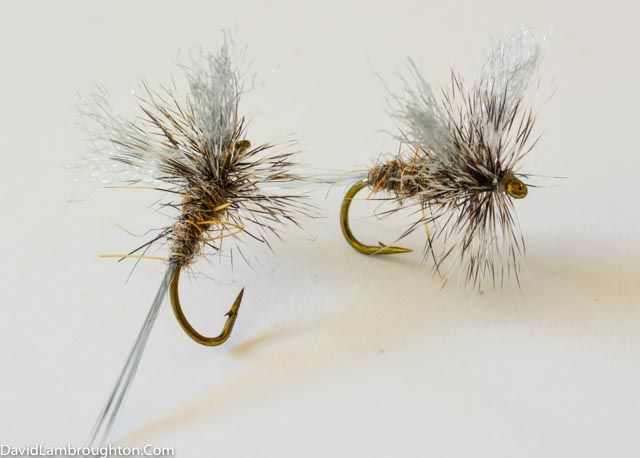Fly fishing with two dry flies is an advanced technique that can increase your chances of success by doubling your offerings to the fish. Whether you’re looking to match multiple hatches or simply want to increase your odds, using a tandem setup can be a game-changer. Here’s how to attach two dry flies to your line, along with some tips and tricks to help you make the most of this technique.
Why Use Two Dry Flies?
Using two dry flies allows you to present different fly patterns simultaneously. This is particularly useful when fish are feeding selectively or when multiple insect species are active. Additionally, a tandem setup can help cover more water and attract fish that might not be interested in a single offering.

Step-by-Step Guide to Attaching Two Dry Flies
- Start with Your Leader: Begin with a standard 9- to 12-foot tapered leader. The length and strength of your leader should be appropriate for the water you’re fishing and the size of the fish you’re targeting.
- Attach the First Fly: Tie your first dry fly to the end of your leader using your preferred knot, such as the improved clinch knot. This fly will act as the point fly, which is the first fly in your tandem rig.
- Add a Dropper Line: To attach the second fly, you’ll need to create a dropper line. There are two common methods:
- Off the Bend of the Hook: Tie a short piece of tippet (usually 12-18 inches) to the bend of the first fly’s hook using an improved clinch knot or a loop knot. Attach the second fly to the end of this tippet.
- From the Eye of the Hook: Tie the dropper line directly to the eye of the first fly. This method ensures the second fly sits in line with the first, reducing the chances of tangling.
- Attach the Second Fly: Secure the second dry fly to the end of your dropper line using a standard knot. Ensure the second fly is lighter than the first to maintain proper buoyancy.
- Adjust Tippet Length: The length of the dropper tippet can be adjusted based on water conditions and the behavior of the fish. A shorter dropper works better in faster currents, while a longer dropper is ideal for slower, more still waters.
Tips for Fishing with Two Dry Flies
- Matching the Hatch: Use two different flies that mimic the insects you see on the water. This increases your chances of matching what the fish are feeding on.
- Spacing: Keep your flies spaced apart to avoid tangling. A distance of 12-18 inches is usually ideal.
- Casting Technique: Casting with two flies requires a gentle touch. Use an open loop cast to prevent the flies from tangling.
- Observation: Pay attention to which fly the fish are taking. If one fly is consistently more successful, consider switching to a single fly that matches that pattern.
Using two dry flies can be an effective strategy for fly fishing, offering versatility and increased chances of attracting fish. By following these steps and tips, you can master the tandem setup and improve your fly fishing success. Practice makes perfect, so don’t be afraid to experiment with different fly combinations and setups until you find what works best for you.
Image: Pinterest





